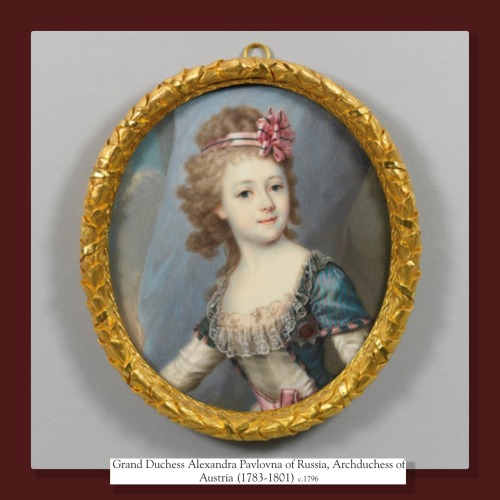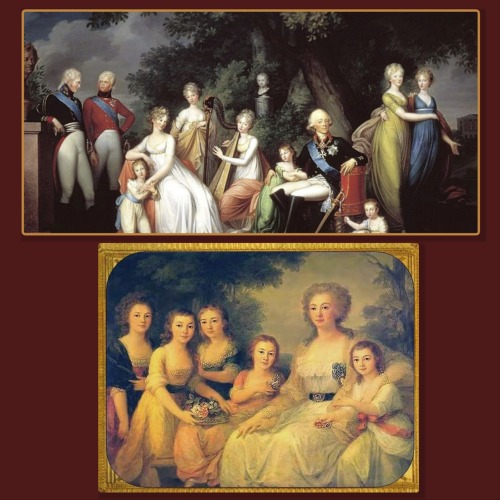#archduke joseph of austria
The Grand Duchesses: The daughters of Tsar Paul I
Part I: Grand Duchess Alexandra Pavlovna (1783 - 1801)
Grand Duchess Alexandra Pavlovna was the eldest daughter of Tsar Paul I of Russia and his second wife, Empress consort Maria Feodorovna (Sophie Dorothea of Wurttemberg). Catherine II of Russia (the “Great”) was among her illustrious grandparents.
The Grand Duchess was born in Tsarskoye Selo while Catherine the Great was still alive. She had four brothers (the future Tsar Alexander I and Tsar Nicholas I were among them) and five sisters. The difference in ages between Alexandra and her sister Elena was barely one year and they were very close. There are paintings of the sisters together.
Alexandra’s education was similar to that of other princesses; it revolved around art, music and languages. She spoke Russian, English and German. She was expected to marry for dynastic reasons. By the time Alexandra was eleven years old, negotiations had been started for her to marry Gustav IV of Sweden. Gustav visited Russia and met Alexandra when she was about thirteen; they liked each other (Alexandra is described as tall, intelligent, beautiful and charming.) The marriage never happened. Negotiations broke off over the matter of religion. The Swedish required their future queen consort to convert to Lutheranism; the Russian side did not agree to Alexandra’s conversion.
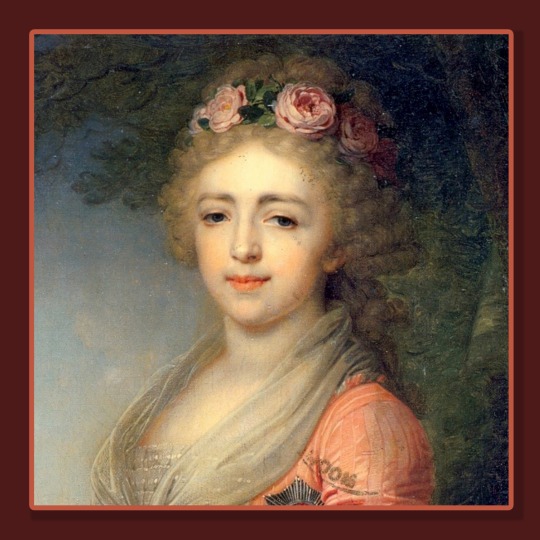
Three years later, at the age of sixteen, Grand Duchess Alexandra was married off to Archduke Joseph, Palatine (Governor) of Hungary (a younger brother of Emperor Francis II of Austria.) This is the only Romanov-Hapsburg marriage on record. The bride and groom were compatible, but their happiness was not destined to last.
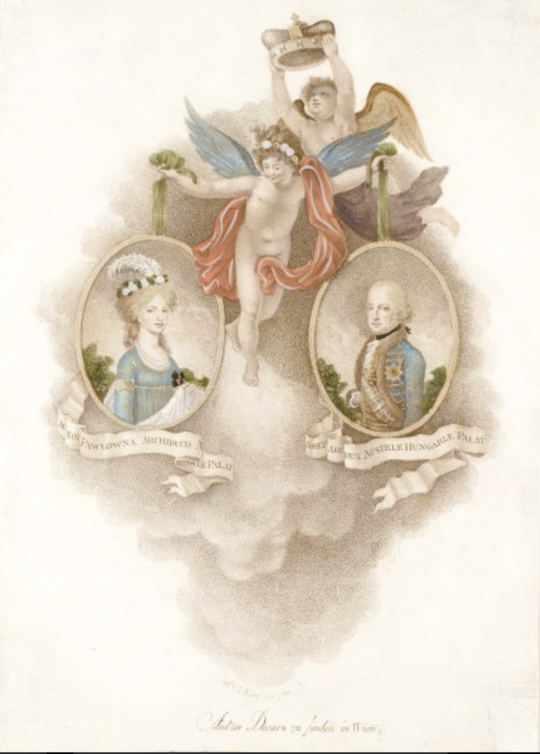
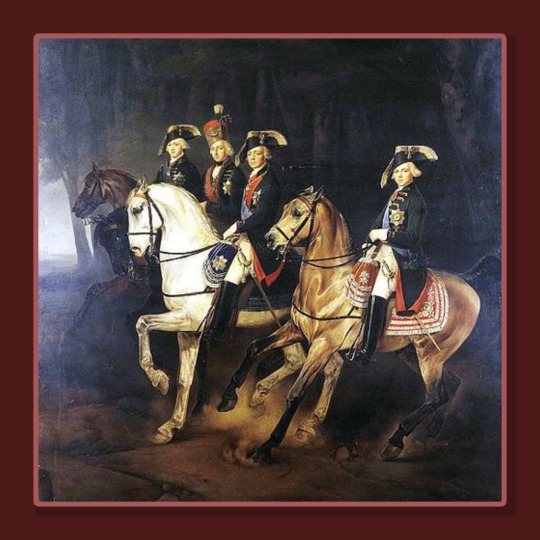
Some sources (most notably her confessor, Andrei Samborsky) report that Alexandra was not happy at the Austrian court. Although she was allowed to continue to practice her Orthodox faith, this was generally frowned upon by the catholic Austrians. Also, she reminded Empress Marie Therese of the Emperor’s first wife (with good reason, the first wife had been Alexandra’s maternal aunt); because of this and Alexandra’s beauty, as well as the sumptuous jewels the Grand Duchess had brought from Russia, the Empress was jealous of Alexandra. It is unlikely that she did very much to make the young woman feel welcomed in her new country.
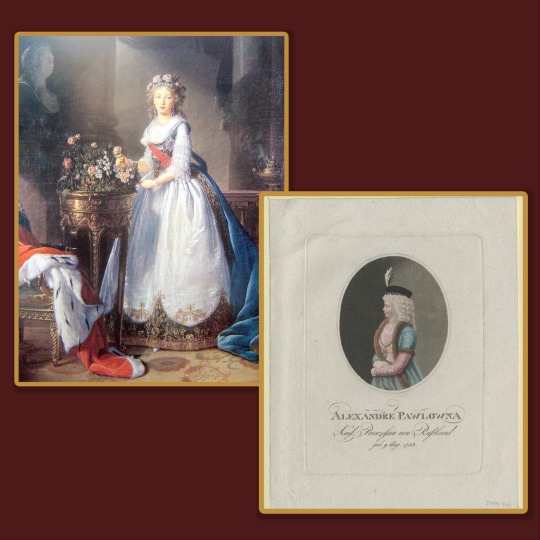
Fortunately, Joseph and Alexandra did not reside in Vienna all the time; their seat was in Hungary. The Grand Duchess became very popular among the Hungarian nobility because she re-invigorated court and cultural life; Alexandra liked to wear Hungarian typical dress. The poor loved her because of her beauty and her generosity.

Grand Duchess Alexandra Pavlovna died in Buda of child-bed fever at the age of seventeen, after giving birth to a daughter who did not survive. She died within a week of her father, Tsar Paul l of Russia.

Alexandra was buried in a mausoleum built by her husband near Pest. The mausoleum became a place of pilgrimage for the Orthodox community in Hungary. Her remains rested in Buda Castle for a time after the mausoleum was desecrated. In 2004 they were returned to the Urm Mausoleum. There is a monument built in her honor in Pavlovsk, which was dedicated to her around 1810.

Photographs: 1. Grand Duchess Alexandra Pavlovna as a young child; 2. Top: Tsar Paul and his family (the two young women arm and in arm to the right are most likely Grand Duchesses Alexandra and Elena; Bottom: Empress Maria Feodorovna and her daughters; 3. Grand Duchesses Alexandra and Elena; 4. Grand Duchess Alexandra Pavlovna - notice the absence of jewelry; 5. Betrothal or Wedding announcement for Grand Duchess Alexandra Pavlovna and Archduke Joseph of Austria; Tsar Paul, his two eldest sons and Archduke Joseph of Austria (to the his right); 6 and 7: Grand Duchess Alexandra Pavlovna; 8. Grand Duchess Alexandra Pavlovna in Hungarian dress; 9. The Grand Duchess laying in state; her confessor appears all the way to the right; 10. Allegorical painting of the Grand Duchess; her mausoleum in Hungary became a pilgrimage site for the Orthodox community in Hungary. Her confessor and his daughter appear to the right; there is no consensus as to who the two figures to the left represent although I have read that they may be Alexander I and the Grand Duchess’ mother, Empress Maria Feodorovna; 11: Monument dedicated to Grand Duchess Alexandra Pavlovna in Pavlovsk
Post link

